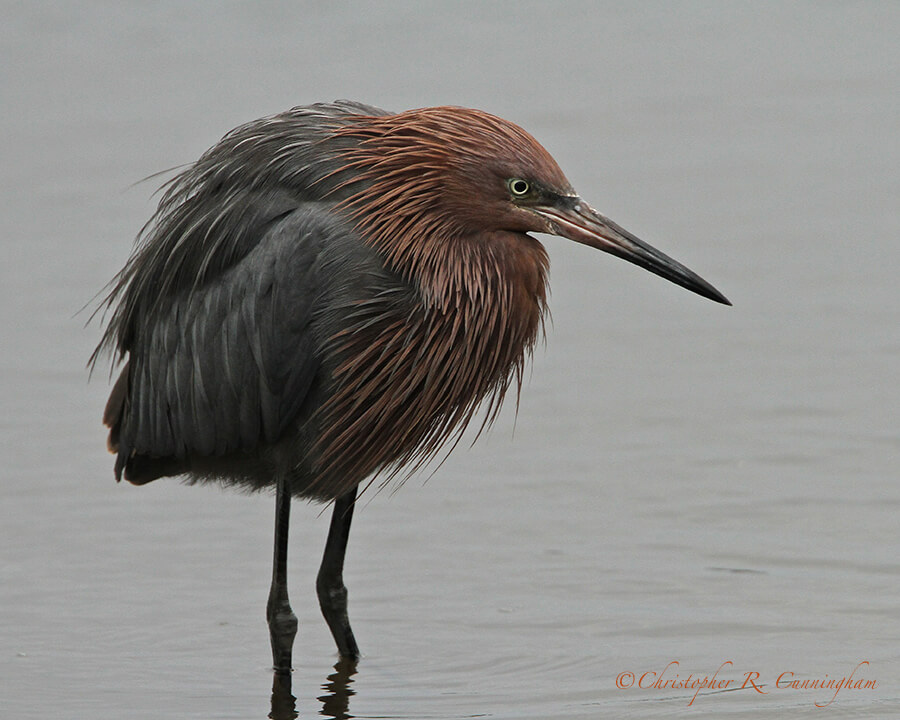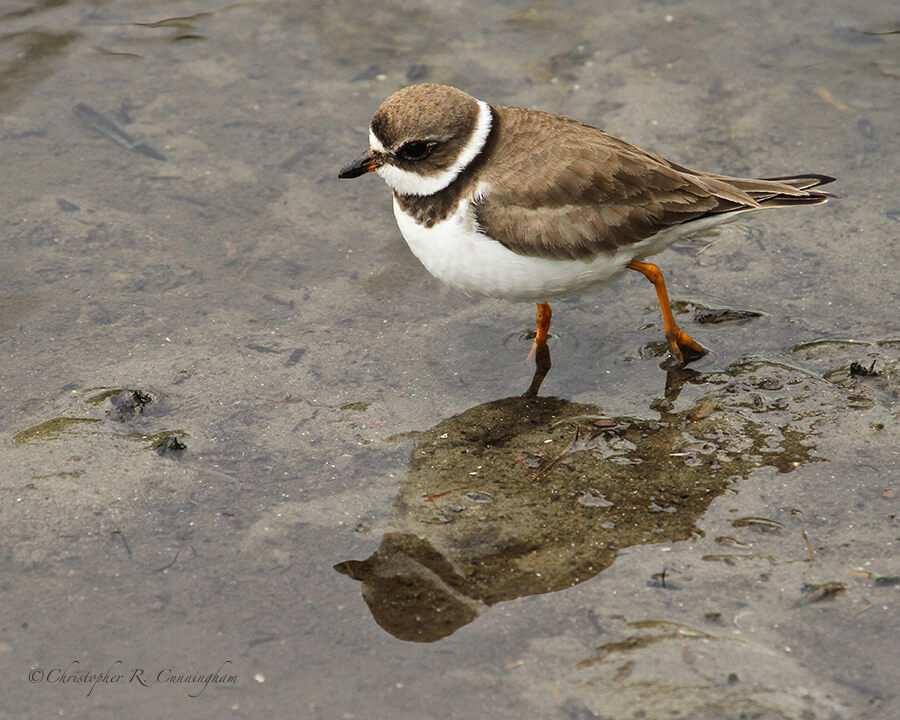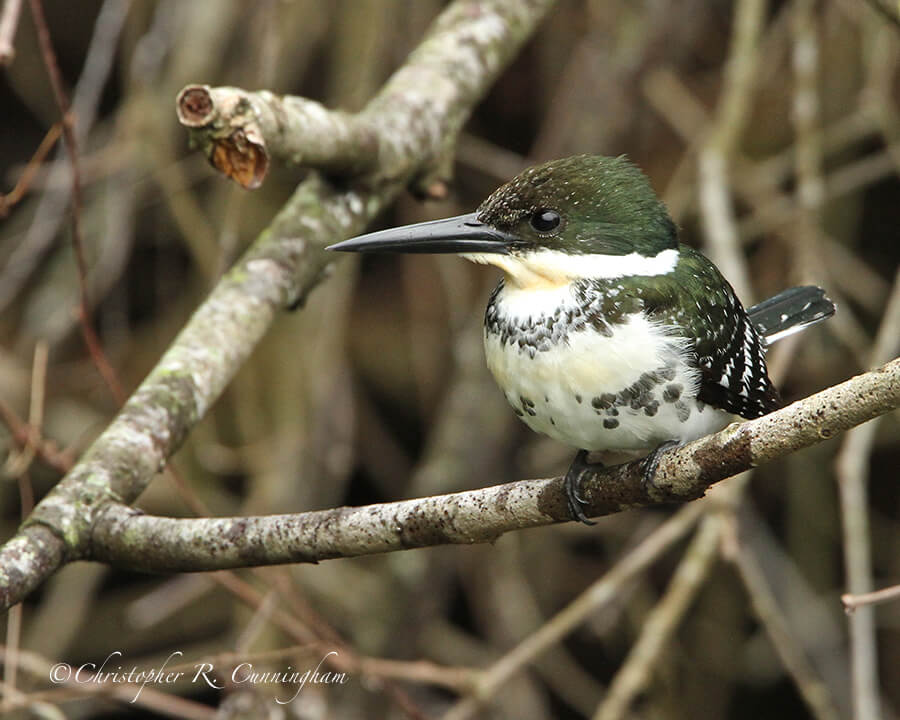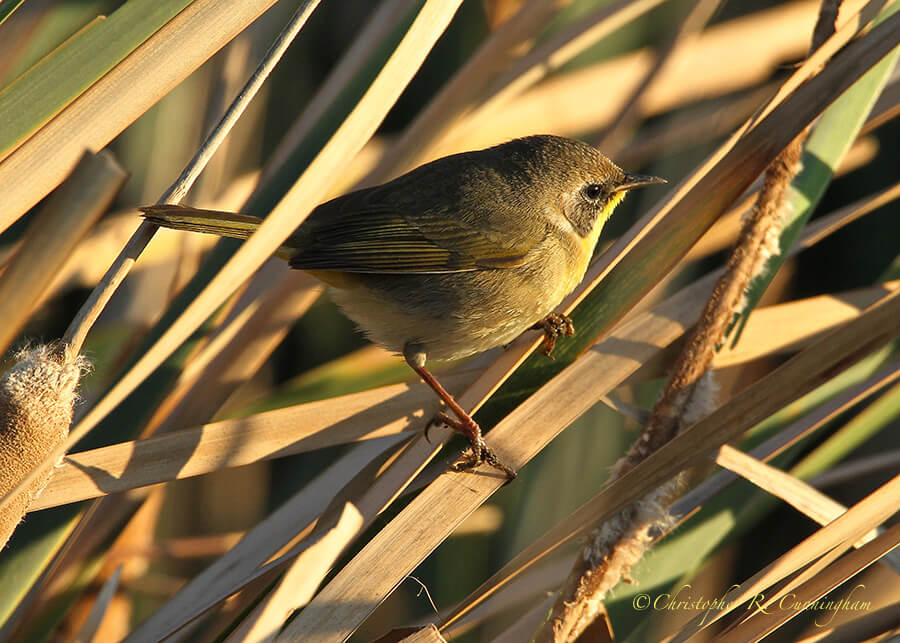A cloudy day or a little sunshine have as great an influence on many constitutions as the most recent blessings or misfortunes.–Joseph Addison

I am sometimes surprised by which images turn out and which don’t. Light is magic, and photography is all about light. By magic I mean inexplicable—or at least very hard to explain in the context of how a camera records light. Case in point: we were recently attempting to photograph Sandhill Cranes in a field on Galveston Island. It was a clear, beautiful day, and I had a distant but unobstructed view of the birds. I wasn’t expecting National Geographic results because the cranes were too far away, but shot after shot was utter garbage.
The humidity was low (which was good), but it was windy (which was bad). I could tell that the UV index was high (I got a sunburn through sunscreen), and I just couldn’t achieve focus using autofocus or manual focus. I first tried bracing the lens on a fence post with image stabilization turned on, then off. When that failed, I returned to best practices: tripod with cable release. But still, everything farther than about ten yards away was blurry and washed out. Was invisible (to the unaided eye) turbulence creating some sort of mirage-like effect? I turned the camera on and off—even switched bodies thinking that there was a malfunction. Somehow, conditions simply weren’t right for photography—black magic. The next day I looked like W. C. Fields with windburn, sunburn, and a bar tan.

Other days, with fog or rain or lots of gray gloomy clouds, strangely, and against all odds, some nice images can be captured—white magic. I know that some photographers and viewers even prefer the look of results achieved during these dark, gloomy overcast days. All the images in this post were taken on a road trip to South Texas a few years ago. In fact, all were taken on the same day, except the kingfisher. And it was a winter like this one, with lots of rain and clouds and fog and mist and cursing by yours truly.

Of course, these dark days test your skills. To keep ISO below 800 for reasonable image quality means shooting at ridiculously slow shutter speeds (like 1/80 to 1/320) and breaking the 1/f shutter speed rule that I like to follow–even on a tripod with cable release. At these slow speeds, you’re in mirror-slap territory, especially on a tripod, and any puff of wind or contact with the gear can have deleterious effects. And patience is required to capture even the hint of a catchlight, an important aspect of wildlife photography.
Finally, because I pursue this hobby for personal growth and physical and mental health, seeing sunlight is so important. Like most Americans I suspect that I am Vitamin D deficient due to being cooped up so much at work. On these gray days, the spirits lift during an occasional sunbreak. The image of the Common Yellowthroat below was happily captured at the end of a gloomy, misty day just as the clouds parted (finally!) at dusk.

©2016 Christopher R. Cunningham. All rights reserved. No text or images may be duplicated or distributed without permission.